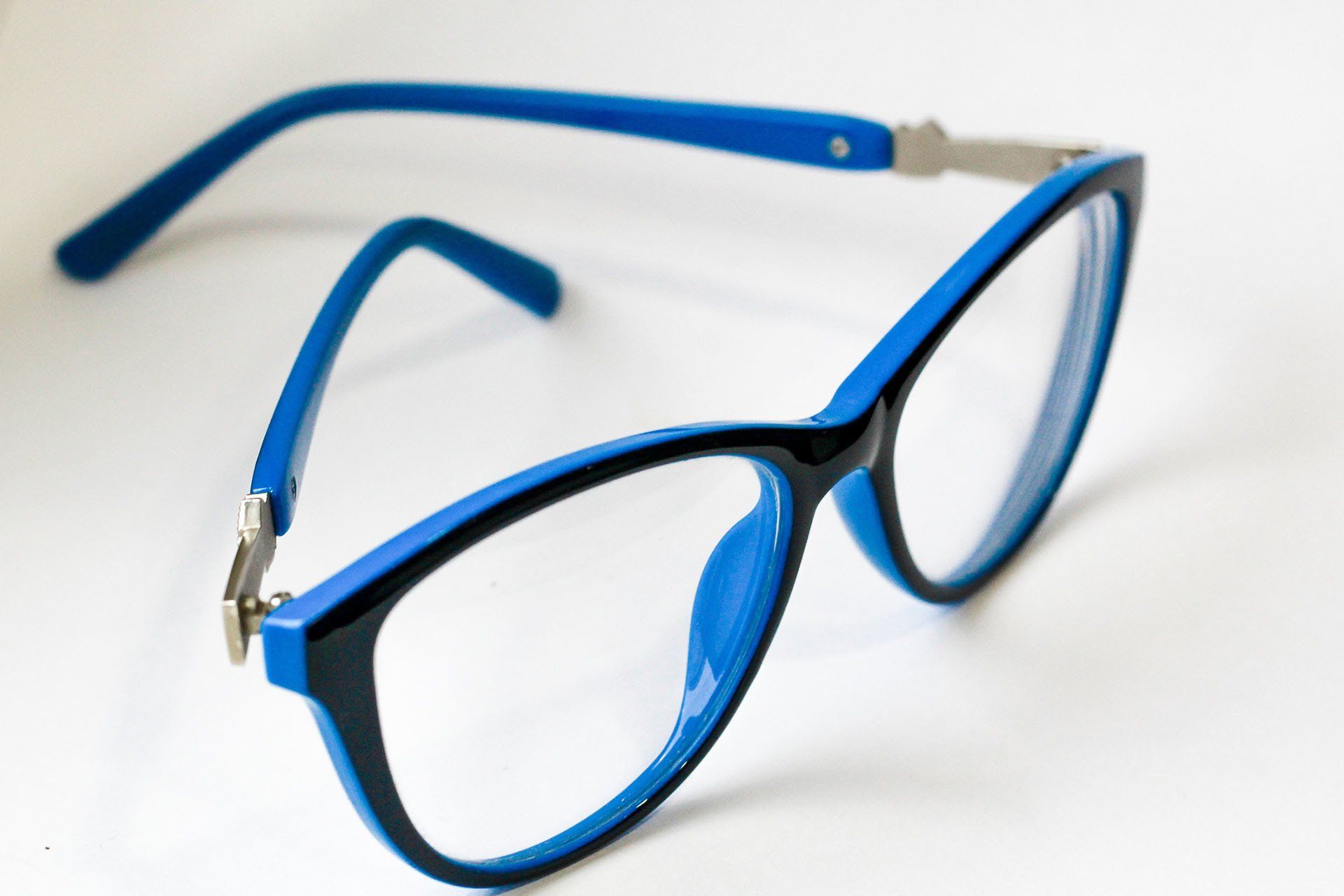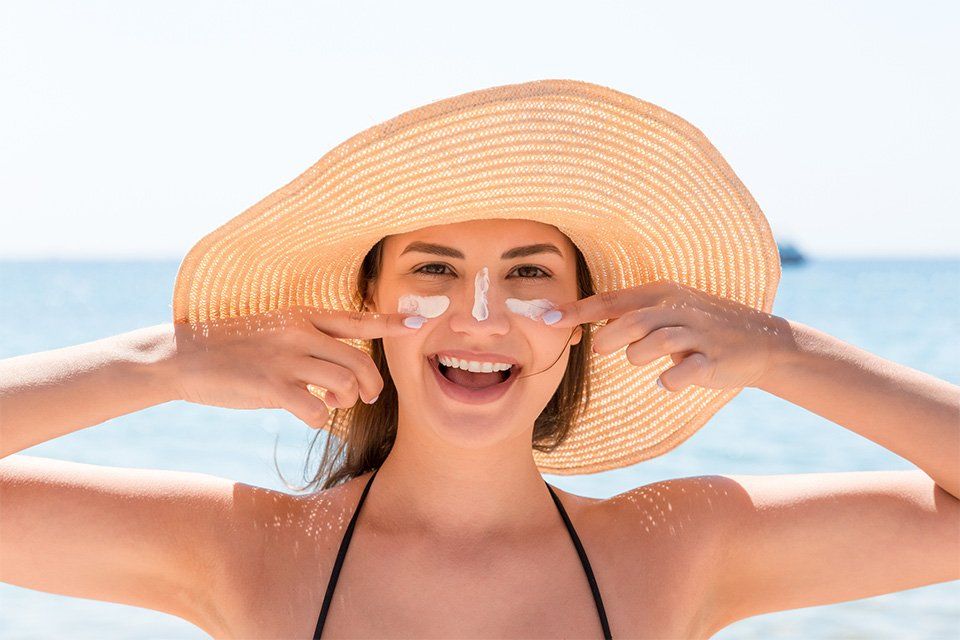Pink eye, or conjunctivitis, is one of the most common irritations of the eye. Learn four tips for managing and preventing this common eye problem.
See Good, Look Good, Fraser Optical
Serving Greater Detroit
Contact Us
Fraser:
586-293-8888
Richmond:
586-727-7555
Romeo:
586-752-9898
Shelby Township: 586-254-9620
Sterling Heights:
586-977-9010
Oscoda:
989-739-2020
Blog Post
3 Eye Injuries Ski Goggles Protect Against
Admin • Mar 07, 2019
Whether you are going skiing for the first time or you love hitting the slopes during the wintertime, you might be tempted to skip the bulky ski goggles in favor of your normal pair of sunglasses - or wear no eye protection whatsoever. However, there is a reason why eye doctors and professional skiers alike swear by professionally designed eye protection. Here are three eye injuries ski goggles protect against and why you shouldn't take any shortcuts.
1. Impact and Abrasions
Materials behave differently when they are warm than they do when they are cold, and your plastic eyeglass frames are no different. Since extreme cold causes many materials to shrink and compress slightly, some frames and lenses can become incredibly brittle in the cold, which could result in the glasses breaking, which could put you at risk for impact or abrasion injuries.
The most common eye injuries include scratches to the surface of the eye, foreign objects being lodged in the eye, and Subconjunctival Hemorrhages (or bleeding in and around the eye), amongst others.
Since skiing and snowboarding involve traveling over snow at fast speeds, it is crucial to wear eye protection that is designed to guard against impact. Even playing in the snow and engaging in a snowball fight could put your eyes at risk, since you never know when something will hit you square in the face.
Unlike many commercially available varieties of sunglasses, skiing and snowboarding goggles are made to withstand cold temperatures without becoming brittle, which helps to protect against impact, lacerations, and abrasions.
2. Sunburn
Although the concept might seem strange, your eyes can become sunburned just like any other part of your body, and the risks are actually higher when you are outside in the snow. In addition to being subjected to sunlight while you are outside, different ground covers reflect UV radiation in different concentrations, and snow is particularly dangerous.
While grass and ground plants only reflect about 10-30%of the dangerous UV rays emitted by the sun, snow is shiny enough to reflect as much as 90% of UV light generated by the sun, making it easier to receive facial and eye sunburns. When the eyes are subjected to harsh sunlight, it can damage the tissue of the eyes, causing problems such as snow blindness and Photokeratitis, a condition that can cause symptoms ranging from pain and redness, to sensitivity and permanent eye damage.
While standard sunglasses can help to prevent eye damage, they help less in snowy environments, since sunlight can reflect upwards towards your face from the ground. On the other hand, ski goggles designed to block 100% of UVA/UVB rays can protect your eyes from sunlight from all angles, since they fit snugly over your entire eye area.
3. Frozen Corneas
In addition to putting your eyes at a higher risk of impact injuries and sunburn, being outdoors in the cold can also trigger temperature-related damage. When subjected to extreme cold, your corneas can even become frozen, which can cause permanent damage.
While frozen corneas are one of the less common eye injuries people can endure while enjoying a day in winter weather, people who spend large amounts outdoors during the winter are especially susceptible. For instance, if you are going on a long snowmobiling trip or you like to participate in endurance sports, wearing eye protection is crucial for keeping your eyes warm enough to protect them from temperature damage.
If you are dealing with any kind of eye discomfort or recent injury, we want to know about it. Here at Fraser Optical
, our eye doctors can help with everything from vision exams to diagnosing eye injuries or vision problems to help you to protect your vision. Whether you need a new pair of glasses or contacts, our team can help. Visit us online or in person today!
Share
Tweet
Share
Mail
Summertime Eye Protection
Summer is a time to get outside and enjoy some of our favorite sports and other physical activities.
What Is Pink Eye?
Pink eye, or conjunctivitis is redness and inflammation of the membranes covering the whites of the eyes and inner portion of the eyelids. Pink eye may be either infectious or noninfectious.
Eye Care Instructions for People Using Computers
Spending long hours in front of a television or computer is part of many people’s lives today.
Did You Know…?
Fraser Location
32925 Groesbeck Highway
(At 14 Mile Road)
Fraser, MI 48026
Phone:
586-293-8888
Fax:
586-859-0233
Business Hours:
Monday, 9 a.m.-7 p.m.
Tuesday, 9 a.m.-6 p.m.
Wednesday, 9 a.m.-6 p.m.
Thursday, 9 a.m.-7 p.m.
Friday, 9 a.m.-6 p.m.
Saturday, 8 a.m.-2 p.m.
Sunday, closed
Richmond Location
67205 Main St.
(at Gratiot)
Richmond, MI 48062
Phone: 586-727-7555
Fax: 586-248-5056
Business Hours:
Monday, 9 a.m.-6 p.m.
Tuesday, 9 a.m.-6 p.m.
Wednesday, 9 a.m.-4 p.m.
Thursday, 9 a.m.-7 p.m.
Friday, 9 a.m.-6 p.m.
Saturday, 8 a.m.-2 p.m.
Sunday, closed
Romeo Location
71150 N. Van Dyke
(Fiddlers Cover Shopping Center)
Romeo, MI 48065
Phone:
586-752-9898
Fax:
586-372-8905
Business Hours:
Monday, 9 a.m.-6 p.m.
Tuesday, 9 a.m.-7 p.m.
Wednesday, 9 a.m.-4 p.m.
Thursday, 9 a.m.-7 p.m.
Friday, 9 a.m.-6 p.m.
Saturday, 8 a.m.-2 p.m.
Sunday, closed
Shelby Township Location
51026 Van Dyke
(At 23 Mile NE Corner)
Shelby Township, MI 48316
Phone:
586-254-9620
Fax:
586-884-7867
Business Hours:
Monday, 9 a.m.-7 p.m.
Tuesday, 9 a.m.-6 p.m.
Wednesday, 9 a.m.-4 p.m.
Thursday, 9 a.m.-7 p.m.
Friday, 9 a.m.-6 p.m.
Saturday, 8 a.m.-2 p.m.
Sunday, closed
Sterling Heights Location
3602 15 Mile Road
(West of Ryan Road)
Sterling Heights, MI 48310
Phone:
586-977-9010
Fax:
586-413-7870
Business Hours:
Monday, 9 a.m.-7 p.m.
Tuesday, 9 a.m.-4 p.m.
Wednesday, 9 a.m.-6 p.m.
Thursday, 9 a.m.-7 p.m.
Friday, 9 a.m.-6 p.m.
Saturday, 8 a.m.-2 p.m.
Sunday, closed
Oscoda Location
211 N. State St.
Oscoda, MI 48750
Phone:
989-739-2020
Fax:
989-569-5056
Business Hours:
Monday, 9 a.m.-5 p.m.
Tuesday, 9 a.m.-7 p.m.
Wednesday, 9 a.m.-5 p.m.
Thursday, 9 a.m.-5 p.m.
Friday, 9 a.m.-5 p.m.
Saturday, 9 a.m.-1 p.m.
Sunday, closed
Fraser Location
32925 Groesbeck Highway
(At 14 Mile Road)
Fraser, MI 48026
Phone:
586-293-8888
Fax:
586-859-0233
Business Hours:
Monday, 9 a.m.-6 p.m.
Tuesday, 9 a.m.-6 p.m.
Wednesday, 9 a.m.-6 p.m.
Thursday, 9 a.m.-7 p.m.
Friday, 9 a.m.-6 p.m.
Saturday, 8 a.m.-2 p.m.
Sunday, closed
Richmond Location
67205 Main St.
Richmond, MI 48062
Phone:
586-727-7555
Fax:
586-248-5056
Business Hours:
Monday, 9 a.m.-6 p.m.
Tuesday, 9 a.m.-6 p.m.
Wednesday, 9 a.m.-4 p.m.
Thursday, 9 a.m.-7 p.m.
Friday, 9 a.m.-6 p.m.
Saturday, 8 a.m.-2 p.m.
Sunday, closed
Romeo Location
71150 N. Van Dyke
(Fiddlers Cover Shopping Center)
Romeo, MI 48065
Phone:
586-752-9898
Fax:
586-372-8905
Business Hours:
Monday, 9 a.m.-6 p.m.
Tuesday, 9 a.m.-6 p.m.
Wednesday, 9 a.m.-4 p.m.
Thursday, 9 a.m.-7 p.m.
Friday, 9 a.m.-6 p.m.
Saturday, 8 a.m.-2 p.m.
Sunday, closed
Shelby Township Location
51026 Van Dyke
(At 23 Mile NE Corner)
Shelby Township, MI 48316
Phone:
586-254-9620
Fax:
586-884-7867
Business Hours:
Monday, 9 a.m.-6 p.m.
Tuesday, 9 a.m.-6 p.m.
Wednesday, 9 a.m.-4 p.m.
Thursday, 9 a.m.-7 p.m.
Friday, 9 a.m.-6 p.m.
Saturday, 8 a.m.-2 p.m.
Sunday, closed
Sterling Heights Location
3602 15 Mile Road
(West of Ryan Road)
Sterling Heights, MI 48310
Phone:
586-977-9010
Fax:
586-413-7870
Business Hours:
Monday, 9 a.m.-6 p.m.
Tuesday, 9 a.m.-4 p.m.
Wednesday, 9 a.m.-6 p.m.
Thursday, 9 a.m.-7 p.m.
Friday, 9 a.m.-6 p.m.
Saturday, 8 a.m.-2 p.m.
Sunday, closed
Oscoda Location
211 N. State St.
Oscoda, MI 48750
Phone:
989-739-2020
Fax:
989-569-5056
Business Hours:
Monday, 9 a.m.-5 p.m.
Tuesday, 9 a.m.-7 p.m.
Wednesday, 9 a.m.-5 p.m.
Thursday, 9 a.m.-5 p.m.
Friday, 9 a.m.-5 p.m.
Saturday, closed
Sunday, closed
Content, including images, displayed on this website is protected by copyright laws. Downloading, republication, retransmission or reproduction of content on this website is strictly prohibited. Terms of Use
| Privacy Policy












